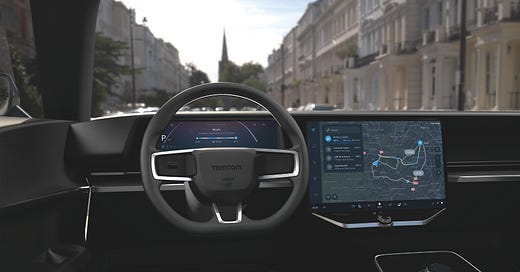TomTom [TOM2] has rolled out its TomTom Navigation for Automotive, a cloud-native hybrid navigation product that could be a difference maker for drivers…
Keep reading with a 7-day free trial
Subscribe to Location Business News to keep reading this post and get 7 days of free access to the full post archives.




